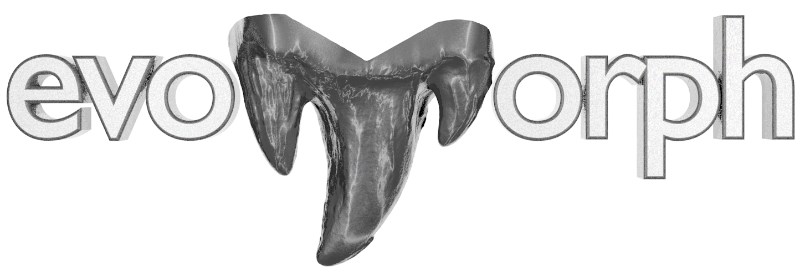One of the main objectives of our research is to understand the connection between tooth shape and tooth function. To do this we have examined tooth function from an engineering perspective (Evans and Sanson 2003; Evans 2005). Some common concepts used in tools engineering can be transferred to help get a handle on dental function. Two good examples are rake angle and relief angle. The rake angle is the angle between the leading face of a crest and a line perpendicular to the direction of tooth movement. In one sense you can call this the sharpness of a blade. The larger this angle, the less force and energy is required for a crest to drive through food. The relief angle is the angle between the trailing face and the direction of tooth movement. Having relief behind a cutting edge reduces friction between these surfaces of opposing blades and lessens the tendency for the blades to be pushed apart by food caught between them.
Some important functional characteristics of teeth. Rake angle, relief angle, wear land and edge sharpness of a crest viewed end-on (length going into page). The circle radius indicating edge sharpness is enlarged for clarity, and is much smaller in real crests.
We can use nine parameters of shape that can be directly related to function. Some of these relate to cusps and some to crests:
Cusps:
- tip sharpness
- cusp sharpness
- cusp occlusion relief
Crests:
- edge sharpness
- rake angle
- relief angle
- approach angle
- capture area
- fragment clearance
A schematic diagram illustrating these features is shown below.
Eight functional parameters are depicted schematically for a cusp/crest structure, such as the paracone with pre- and postparacristae.
